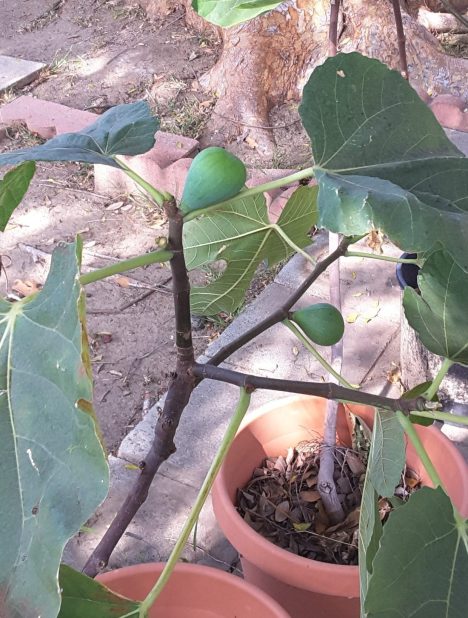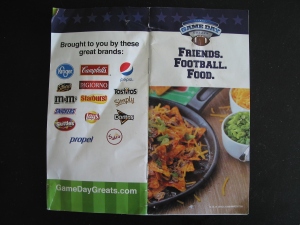Sorry–this is not about food, and only marginally about trying to ensure food aid. Links to a few key aid organizations are toward the bottom of the post.
I have not slept well this week; I keep getting up and checking the headlines in the New York Times and the Washington Post and AP and Reuters, hoping that Ukraine will turn for the better, that people are surviving and that the Russian military will realize that Putin has frankly lost it, stop obeying his orders and cease fire, for everyone’s sake. I keep seeing people crowded into the underground metro stations and wondering how the hell aid workers can get food to them.
President Zelensky, who looks so much like my dad as a young man and like my mother’s cousin and mine, is holding on, and he has inspired us in a way no one really expected. He’s doing much more than most people would try to do for his people and he’s gone from zero to 60 doing what Putin could not, would not, for his own people. That is obvious.
What is more obvious, no one outside Ukraine wanted to help last year because it would mean dipping a toe in the water of war that was already visibly massed at the border. They tried to tiptoe and appease. And like Chamberlain–and then Churchill–they woke up to the fact that you can’t appease a bully and expect it to work. Bombs rained down on London in response to their concessions. That and not bravery ahead of time is what turned Churchill’s approach. By then, the world was actually at war. Could it have been stopped short?
President Biden has said–and Boris Johnson has too–that we will not send American troops to help fight in Ukraine because it would tip us into World War III if we fought Russia directly. And they are right not to escalate tensions unnecessarily.
But this is not unnecessarily, and we could hardly be escalating anything, it’s already well past “escalating” when a madman has attacked his neighbors and nobody stopped him. For a year. With missiles and cluster bombs and now possibly vacuum bombs, and is threatening nuclear war for anyone who dares intercede. An ounce of prevention or in this case early and hard military response could be worth a thousand pounds of war. On the heels of a miserable pandemic, in which Americans are STILL dying at a rate of nearly 2000 a day, post-peak.
If Barack Obama, for whom I voted and whose aims I generally supported, had not let Putin cow him into keeping the US from interceding early and hard to stop the massacre Assad committed on his own country, over years, where might Europe be today? In better shape, with fewer tragedies and migrant deaths and much lower cost in terms of immigration, closed borders, abusiveness toward refugees, the perceived permission to hard-right bigots elsewhere, from Rump to Xi, to commit even further human rights abuses and rattle sabers at their pacifist neighbors. Russia itself would be in a lot better shape. All these things have cost the world a lot already and should be cause for shame.
Obama understandably did not want to push America into another adventurist war like the one Bush, Cheney, Rumsfeld and Rove lied their way into in Iraq and Afghanistan to our extreme cost. But somehow he could not distinguish between that and a genuine and legitimate cause for military intervention. He wanted to keep his hands clean, and he let himself be afraid of Putin–and of American political backlash. There was no way to be safe if we went in. So he made dignified-sounding speeches and made some economic sanctions and essentially sat on those clean hands, as have we all, in despair.
And here we are again, with few options other than donating aid to organizations like HIAS (hias.org) and the American Jewish Joint Distribution Committee (jdc.org) and the International Red Cross (icrc.org), and worrying for our relatives, Jewish and non-Jewish, and watching the headlines hour after hour. That is essential aid, it makes us feel less helpless, and it is worth reaching into our pockets for. But it is probably not enough given the viciousness of Putin’s attack.
Biden is going to give a State of the Union address tonight. What will he say? What will we do?
If Volodymyr Zelensky can pull together an organized and surprisingly effective defensive action with such scant starting material as he has and rally worldwide support, even for these few days, certainly the US can be doing a lot more. And we had better do it fast. It is time to get brave again.
Filed under: history, unappetizing | Tagged: aid organizations, food, Ukraine, war | Comments Off on Heartsick for Ukraine





